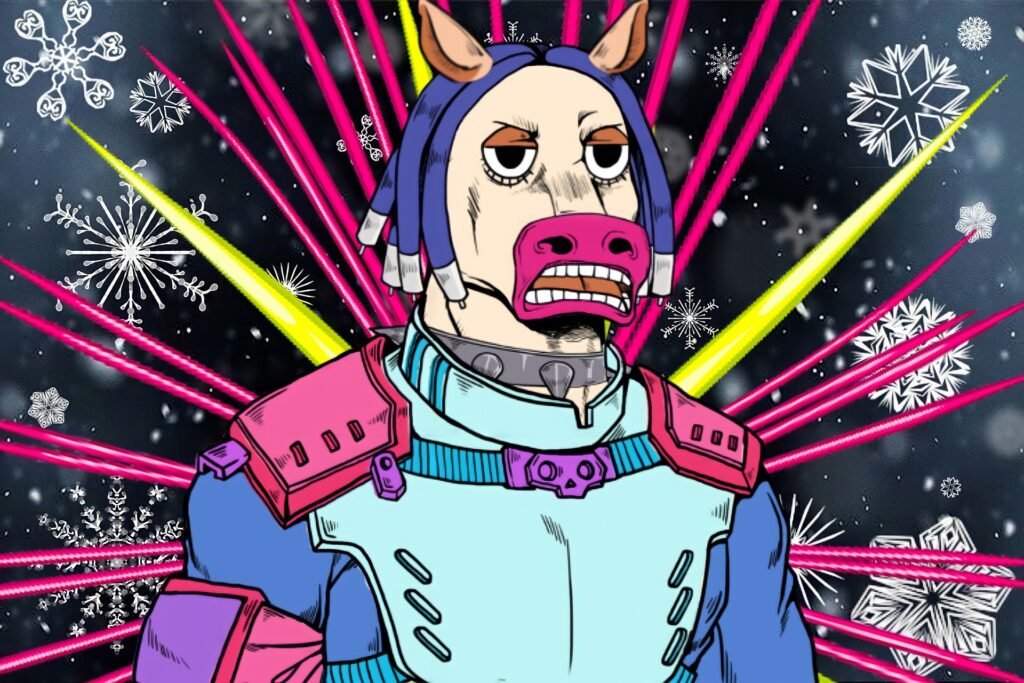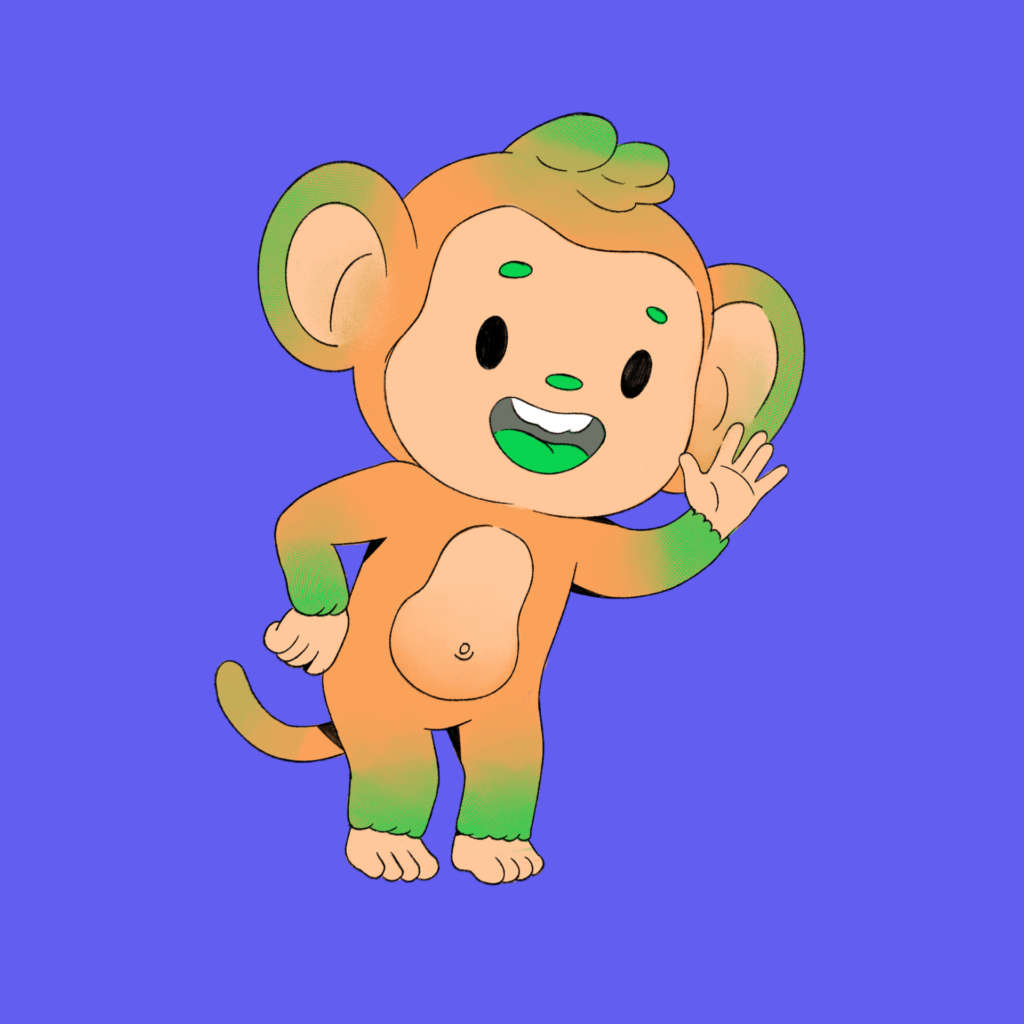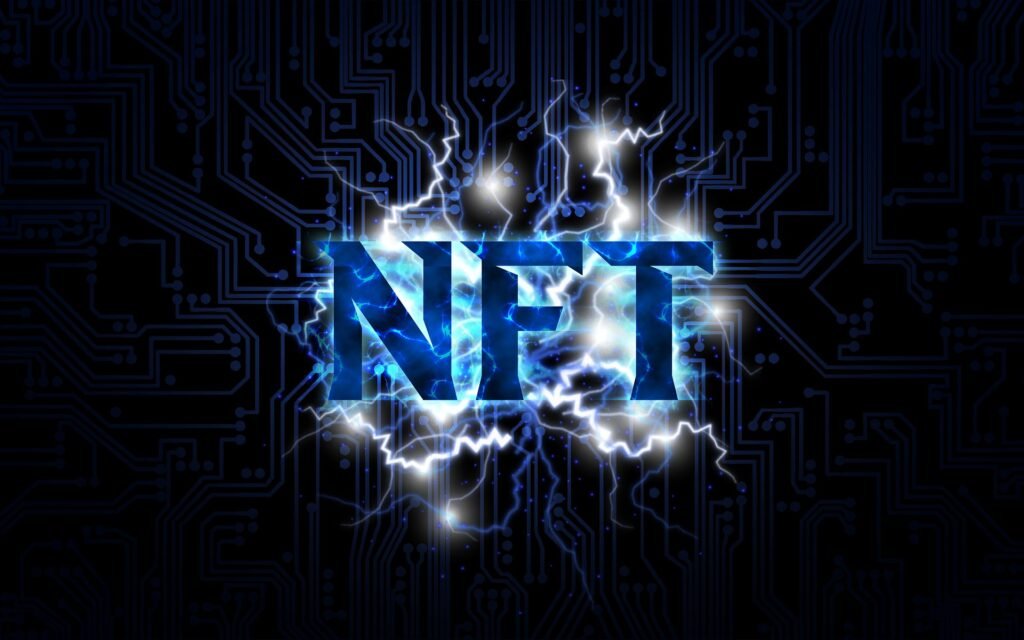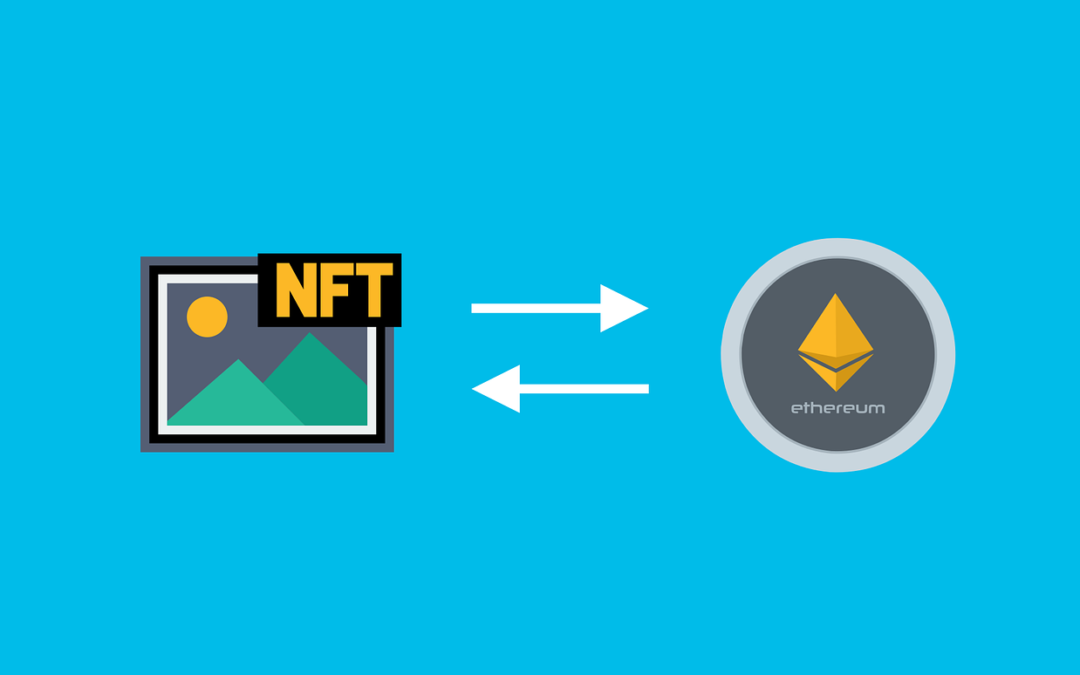It is hard to predict the future, especially when it comes to cutting-edge technologies. But in this rapidly-evolving age of digital collectibles, one thing is for sure: the future of NFT collections is looking bright.
As blockchain technology advances and more people learn about the benefits of non-fungible tokens (NFTs), we can expect to see even more growth in the NFT market. In this article, we’ll explore some of the potential future trends and growth opportunities for NFT collectors.
The Benefits of NFTs
There are many reasons why NFTs are such a hot topic right now. Some of the key benefits of NFTs include:
· Ease of transfer – NFTs can be easily transferred between users, making it easy to trade and collaborate on projects.
Table Of Content.
- What is an NFT?
- Benefits of NFTs
- Challenges of NFTs
- Future of NFTs

What is an NFT?
A non-fungible token, or NFT, is a type of digital asset that is unique and cannot be replaced by any other token. NFTs are powered by blockchain technology, which means that each NFT is verifiably authentic, secure, and tamper-proof. To put it simply, an NFT is a one-of-a-kind digital collectible that can be bought, sold, and traded like traditional art, but with the added benefits of authenticity and ownership.
There are several types of NFTs, including digital art, music, videos, and more. These NFTs can range in price from a few dollars to millions of dollars depending on their scarcity, popularity, and uniqueness. The value of an NFT is determined by the market demand, much like traditional art.
💡 key Takeaway: NFTs are unique digital assets that are powered by blockchain technology and provide verifiable authenticity and ownership.
Definition
An NFT, or Non-Fungible Token, is a type of digital asset that represents ownership or proof of authenticity of a unique item, such as art, music, or video content. NFTs are stored on blockchain, making them secure and traceable. According to CNBC, “An NFT is a digital asset that represents ownership of a unique item, whether it’s a jpeg, mp3 or video clip, and is secured using blockchain technology.” There are different types of NFTs, including art, music, and gaming assets.
– Art NFTs: Art NFTs dominate the NFT market. Many artists use NFTs to sell digital art for a higher price point than they would have otherwise.
– Music NFTs: Music NFTs allow artists to sell digital content like albums, music videos, and more.
– Gaming NFTs: Gaming NFTs allow users to own digital assets, including items and characters, within a game.
💡 key Takeaway: NFTs are unique digital assets that represent ownership or proof of authenticity of a one-of-a-kind item, stored on blockchain. Various types of NFTs exist, including art, music, and gaming assets.
Types of NFTs
Types of NFTs:
NFTs have become incredibly diverse, and they can represent everything from art to music, virtual real estate, and even sports memorabilia. There are several types of NFTs, some of which include:
1. Digital art NFTs: These are the most popular types, and they represent unique digital artwork that can be sold and collected. They are usually either a GIF, JPEG, or PNG file format.
2. Gaming NFTs: These represent in-game items, characters, or skins used in different online games.
3. Music NFTs: These are becoming increasingly popular and allow artists to sell their digital music as NFTs, where each token represents ownership of a particular song, album, or even exclusive rights to listen to unreleased music.
4. Sports NFTs: These are digital tokens that represent sports memorabilia items such as game-worn jerseys, autographed balls, shoes or even a moment in a game.
5. Real estate NFTs: These tokens represent virtual land or properties present in the blockchain that can be bought and sold, which can represent a significant opportunity for digital ownership in the future.
💡 key Takeaway: As NFTs continue to grow in popularity, the types of tokens available will only become more diverse. From digital art and music to sports memorabilia and even virtual real estate, there’s no limit to the potential uses of NFTs in the market.
Benefits of NFTs
Benefits of NFTs:
NFTs provide various benefits for creators and buyers alike. Some of these benefits include:
Security and Ownership:
One of the significant benefits of NFTs is that they offer a secure and immutable ownership experience. NFTs are stored on the blockchain, which provides a transparent and tamper-proof record of ownership. This feature is particularly useful for digital creators as it enables them to prove their ownership of their digital content.
Creativity and Innovation:
NFTs represent an entirely new way for creators to monetize their digital creations. The non-fungible nature of NFTs means that creators can sell unique digital assets, such as artwork or music, and buyers can own these unique digital assets. This innovative feature of NFTs has the potential to revolutionize the art and music industry by providing a new revenue stream for creators.
💡 key Takeaway: NFTs offer unique benefits to creators and buyers, including secure ownership experience and new revenue streams through innovative digital assets.

Security and Ownership
Security and ownership are two of the most significant benefits of NFTs. NFTs, or non-fungible tokens, allow for secure and provable ownership of digital assets. This is important given the ongoing issue of digital piracy and theft. Instead of sharing digital files, which can easily be duplicated, NFTs give creators a way to verify ownership of their original work in a way that is nearly impossible to replicate. As Forbes notes, “The blockchain-based ownership and transfer system behind NFTs could make them the perfect tool for preventing digital piracy.” Furthermore, NFTs enable creators to monetize their digital assets by selling them directly to buyers, which allows for greater profits and control over the distribution of their work.”
– NFTs provide secure and provable ownership of digital assets.
– The blockchain-based ownership and transfer system behind NFTs could make them the perfect tool for preventing digital piracy.
– NFTs enable creators to monetize their digital assets by selling them directly to buyers.
Quotes:
– “We’re at the start of something really big. This is going to be a big business” – Trevor McFedries, co-founder of NFT project ‘CryptoKitties’
– “NFTs can stamp ownership on a piece of digital art or music, in theory, cutting down the chances of piracy” – CNBC
💡 key Takeaway: Security and ownership are some of the most significant benefits of NFTs, as they allow for secure, provable ownership of digital assets and greater control over the distribution of creative work.
Creativity and Innovation
Creativity and innovation are two of the main reasons why NFTs are becoming so popular. In the traditional art world, artists are often limited by the physical medium they work with. With NFTs, artists have a whole new world of possibilities at their fingertips. They can experiment with digital art forms, integrate new technologies like VR and AR, and collaborate with other artists from all over the world. As the technology continues to evolve and become more accessible, we can expect to see even more boundary-breaking NFT creations in the future.
In addition to art, NFTs are also being used in the music industry to create unique experiences for fans. For example, artists can release limited edition NFTs that include access to exclusive content such as concert tickets or behind-the-scenes footage. This creates a sense of exclusivity for fans and helps them feel more connected to their favorite artists.
Investors are also getting in on the creative action, using NFTs to represent ownership of virtual real estate and other digital assets. This opens up a whole new market for unique, one-of-a-kind assets that were previously impossible to buy or sell.
Overall, the possibilities for creativity and innovation with NFTs are virtually limitless, and as the technology becomes more widely adopted, we can expect to see even more exciting and game-changing use cases emerge.
💡 key Takeaway: NFTs are enabling artists to push their creativity to new heights, opening up new opportunities in the music and art industries, and providing new investment opportunities for digital assets. As the technology continues to evolve, we can expect even more innovation in the future.
Challenges of NFTs
Challenges of NFTs:
As with any new technology, there are certain challenges that come with the rise of NFTs. Here are some of the biggest challenges that the market is currently facing:
– Scarcity of Supply: One of the primary issues with NFTs is that they can be difficult to obtain due to limited supply. This can make it challenging for collectors to get their hands on the NFTs they desire, which could ultimately limit the growth of the market.
– Cost of NFTs: Another major challenge is the high cost of some NFTs. While there are certainly more accessible options available, some collectors are willing to pay exorbitant prices for unique or highly-coveted NFTs. This can make it difficult for more casual collectors to participate in the market.
💡 key Takeaway: Despite the challenges facing the NFT market, including limited supply and high costs, the demand for NFTs continues to grow. It will be interesting to see how the market evolves to address these challenges in the coming years.

Scarcity of Supply
Scarcity of Supply:
One of the challenges that NFTs face is the scarcity of supply. While the digital world offers infinite possibilities, the scarcity of supply in NFTs ensures their value. As Alex Atallah, the co-founder of OpenSea, points out, “creating artificial scarcity in the digital realm is very difficult because you can make unlimited copies of a digital asset.” However, NFTs solve this problem by making digital assets unique and one-of-a-kind. This scarcity drives up the value, making NFTs an attractive investment option for collectors and investors alike. As the market for NFTs grows, the demand for unique and scarce digital assets will continue to rise, leading to a higher valuation of this asset class.
💡 key Takeaway: The scarcity of supply is one of the challenges of NFTs, but it is also what makes them valuable. NFTs create artificial scarcity to make digital assets unique and one-of-a-kind, driving up their value in the market.
Cost of NFTs
The cost of NFTs has been a hot topic of discussion in the digital art world. As more artists and creators turn to NFTs as a means of monetizing their work, the high cost of some NFTs has raised questions about accessibility and inclusivity. However, it’s important to note that the cost of an NFT is often reflective of its perceived value and rarity. As one expert points out, “The cost of the NFT is more of a reflection of the market demand for a particular piece than it is the underlying asset.” Additionally, new platforms are emerging that aim to make NFTs more accessible to a wider audience, such as fractional ownership models that allow for partial ownership and lower-cost entry points. As the market for NFTs continues to grow and evolve, we can expect to see new solutions and strategies emerge that address the accessibility and affordability concerns.
💡 key Takeaway: While some NFTs may be priced at exorbitant amounts, the cost often reflects their perceived value and rarity. However, new platforms and models are emerging to make NFTs more accessible to a wider audience.
Future of NFTs
The future of NFT collections looks promising as they gain more popularity and usage within the market. With the advent of decentralized platforms, NFTs have become more accessible to the masses, which bodes well for their future growth. As Forbes notes, “NFTs offer a new way to produce, distribute and trade art online, by eliminating intermediaries and increasing the liquidity of the market”. Not only do NFTs offer a new way to monetize art and other digital assets, but they also provide a level of security and authenticity. As industry experts predict, the use cases for NFTs are bound to expand beyond art and into other fields such as real estate, music, and even gaming. While challenges such as the cost of NFTs and the scarcity of supply exist, the increasing popularity of NFTs combined with the innovation and creativity they enable will continue to drive their growth in the future.
– Increasing Popularity: The popularity of NFTs is on a significant rise as more people are getting interested in the concept. The growing audience is attributed to the low barriers to entry and the potential for a high return on investment.
– Decentralized Platforms: Decentralized platforms are rapidly growing and enable users to mint, buy, sell and trade NFTs without any intermediary involvement. These platforms increase accessibility, liquidity and make the NFT market more open to all.
– New Use Cases: As NFTs begin to gain more mainstream acceptance, new use cases are being discovered. A great example is the recent sale of a digital artwork by Beeple for a record-breaking $69 million at Christie’s auction, inspiring new ways for creators to monetize their work.
💡 key Takeaway: NFTs are a game-changer for digital assets, providing a secure and unique way for creators to monetize their work while offering investment opportunities for buyers. Their increasing popularity and the development of decentralized platforms add to the potential for continued growth and success in the future.

Increasing Popularity
Increasing Popularity:
The demand for NFTs has skyrocketed in the past year, with the market surging over $2.5 billion in sales. The hype around NFTs have caught the attention of artists, celebrities and investors alike, driving up the prices of these unique digital assets. As more people become aware of NFTs and their potential value, the market is expected to continue to grow. In fact, according to NonFungible.com, the NFT market has already hit new all-time highs in 2021, indicating that the trend is not slowing down anytime soon.
New Use Cases:
NFTs are not just for collectibles or art anymore. They have expanded to new sectors, such as gaming, sports, music, and real estate, among others. This indicates that NFTs have the potential to revolutionize the way people own, create, and trade unique assets. For example, NBA Top Shot has sold millions of dollars worth of NFTs featuring basketball highlights, which has created a new market for sports fans and collectors. Meanwhile, musicians are starting to explore the potential of NFTs as a way to monetize their work and connect with fans in new ways.
Decentralized Platforms:
The growth of decentralized platforms has played a significant role in the increasing popularity of NFTs. Blockchain technology allows for the creation of unique digital assets that are secured through a decentralized network, giving users complete control and ownership over their NFTs. This also means that NFT transactions can happen without the interference of third parties, making the process more transparent and secure. As more people become aware of the benefits of decentralized platforms, it is likely that the use of NFTs will become more widespread.
💡 key Takeaway: With the growing popularity of NFTs and their expanding use cases, the market is expected to continue to grow. The potential of NFTs to revolutionize asset ownership and the use of decentralized platforms will likely drive further adoption in the future.
Decentralized Platforms
Decentralized Platforms:
The future of NFT collections is closely tied to the development of decentralized platforms. These are blockchain-based networks that do not rely on a central authority to control transactions. Decentralized platforms promise to eliminate intermediaries and create a more transparent and democratic market for NFTs. They also offer more affordable and accessible alternatives to high-priced centralized platforms. One example of a decentralized platform that has gained popularity is OpenSea. The platform has seen a major increase in both daily active users and transaction volume over the past year. As the demand for NFTs continues to soar, decentralized platforms like OpenSea may play a key role in shaping the future of the market.
💡 key Takeaway: Decentralized platforms are a promising solution for creating a more transparent and democratic NFT market that is accessible to a wider range of buyers and sellers. They are also potentially more affordable than centralized platforms for creators to distribute and sell their NFTs while reaching a larger audience.
New Use Cases
New Use Cases:
As the popularity of NFTs continues to rise, there is an increasing number of creative ways in which they are being utilized. One of the most exciting areas of growth is in the realm of gaming. Recently, we have seen the emergence of NFT-enabled games, which allow players to own unique in-game assets that can be bought, sold, and traded outside of the game environment. This opens up a whole new world of possibilities for game developers and players alike.
In addition to gaming, NFTs are also being used in the art world to authenticate and sell digital art. Christie’s auction house recently made history by selling an NFT artwork for a record-breaking $69 million. This highlights the potential for NFTs to revolutionize the art industry by providing a secure and transparent way to buy and sell digital art.
Another potential use case for NFTs is in the music industry. Through NFTs, musicians can release exclusive content and VIP experiences to their fans. This provides a new way for artists to monetize their work and connect with their audience.
💡 key Takeaway: The future of NFTs holds great potential for growth and innovation, with new use cases emerging in areas such as gaming, art, and music. This provides exciting opportunities for creators and consumers alike.
Conclusion
Conclusion There is no doubt that the future of NFTs looks bright. With the advent of blockchain technology, we are seeing a rise in the use of NFTs. This is likely to continue and grow in the future. NFTs are a great way to store digital assets and can be used for a number of purposes. They can be used for digital rights management, asset exchange, gaming, and more. There are a number of potential applications for NFTs, and the future looks very promising. As the technology continues to develop, we can expect to see even more growth and potential uses for NFTs.
Play Free Online Mobile-Friendly Games at 00 Arcade 00arcade.com

